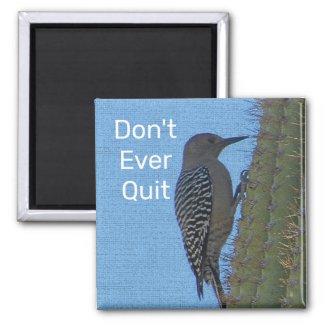A little while ago I talked about the lessons that I learn from nature during my journeys. Patience is among the lessons that I keep trying to learn over and over again. It is so nicely demonstrated in the steady gaze of a bird over the water just waiting for a fish to swim by. The statue stillness of a ground squirrel when it senses my presence just hoping to blend into the surroundings. Since learning should never stop, I have recently been reminded of an additional lesson that I have seen over and over again in nature.
Never Give Up
This one seems especially important as 2020 draws to a close. This has been a challenging year. I have lost many friends and relatives this year and we have all generally been challenged with a new lifestyle of "normal". This little grebe demonstrated the lesson of perseverance so clearly during a peaceful morning I spent visiting a local lake. He flapped mightily to fly but never achieved flight.
Grebes are not generally known as strong fliers preferring to dive to escape danger but they can fly. This guy was trying and when he tired, he paddled around and caught a fish or two to gain energy for his next try. He never gave up and just seemed to accept that one of these times he will lift off the water. A great lesson for us all. Have faith in yourself and your strength and keep trying even when things are difficult.
This rather ungraceful wading bird was another friend who just wouldn't give up. He dipped his head over and over again never seeming satisfied with his finds. He is a black-necked stilt and they typically eat small fish and other small animals like tadpoles. He seemed to be getting slightly frustrated and tried out many styles. He would walk slowly and gently dip his head. He would then try to walk rather quickly and dip his head just as fast. Toward the latter part of my watching him, he developed this elegant style of putting one foot into the air. At this point, he didn't seem to care how he appeared and was willing to try something new. He would dip his head, quickly balance on one leg, and wave the other one in the air. I admired this little guy because like the little grebe, he didn't give up.
Life is challenging and the entire world has had more than its share of challenges this year. As we close out 2020, we can at the very least pat ourselves on the back because we have not given up. Better days are surely ahead in 2021. I leave this year a bit sad about all I have lost but eternally grateful for everything and everyone I still have in my life. It is my hope that 2021 blesses you and your family with joy and happy moments that create treasured memories.




Comments